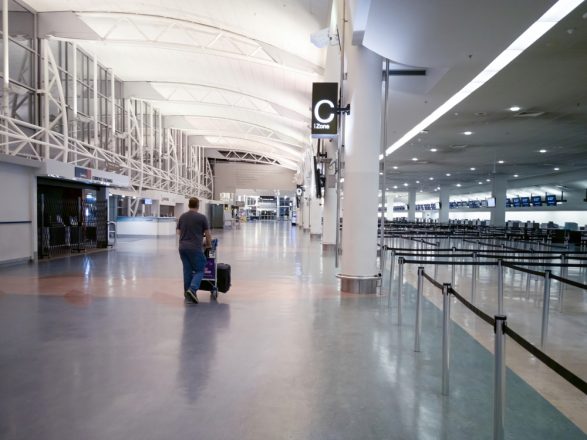COVID-19 响应部长克里斯·希普金斯和农业部长达米安·奥康纳今天宣布,与萨摩亚、汤加和瓦努阿图的单程免隔离旅行的第一阶段将于 10 月开始,首先是为来自这些国家的 RSE 工作人员开始。
达米安·奥康纳说:“我们希望向园艺行业提供确定性,即在即将到来的采摘季节之前,我们正在向 RSE 员工提供安全免隔离旅行。”
“我们需要采取谨慎的态度,开放与太平洋的无隔离旅行。尽管萨摩亚、汤加和瓦努阿图没有任何 COVID-19 的社区病例,但我们第一手知道如果达美进入后会有多快传播,” 克里斯·希普金斯说。
“为了尽量减少风险,我们正在为这些员工制定额外的健康措施。其中包括在出发前至少接种一剂疫苗、抵达时完成自我隔离期以及在第 0 天和第 5 天返回 COVID-19 阴性测试的要求。
“我们只是从 RSE 员工开始,原因有几个。RSE 的员工一起来到新西兰,留在雇主安排的住宿中。这有助于减轻 COVID-19 的任何额外风险,确保他们抵达后立即在预先组织的地方进行自我隔离。”
达米安·奥康纳表示,它还反映了 RSE 计划给新西兰、太平洋伙伴国家、工人及其家庭和社区带来的重要好处。
通常每年有多达 14,400 名 RSE 工人来自新西兰,其中大约有 10,500 名处于 COVID 之前的高峰收获时期在该国。
“新西兰园艺和葡萄栽培部门以及我们的伙伴国家都在为这些工人的抵达进行实质性规划,由于新西兰的警戒级别 4 设置,一些进入航班在 8 月和 9 月推迟。
“我们将密切关注单程无隔离旅行的第一阶段。我们的意图仍然是扩大从这些国家和托克劳免隔离进入新西兰的资格,只要我们可以确信这样做是安全的。与此同时,从这些国家进入新西兰的其他人将需要满足现有的 MIQ 要求。
“我们感谢萨摩亚、汤加和瓦努阿图在重新连接我们各国方面的这一重要步骤与我们的密切合作。
达米安·奥康纳说:“我还要感谢园艺和葡萄种植业领导者如此建设性地与我们合作,以达成这项宣布。”
新西兰官员正在与太平洋伙伴国家和行业合作,共同制定必须到位的最后措施,确切的飞行日期将在 10 月份确认。
(来自新西兰政府新闻稿的意见)





























































